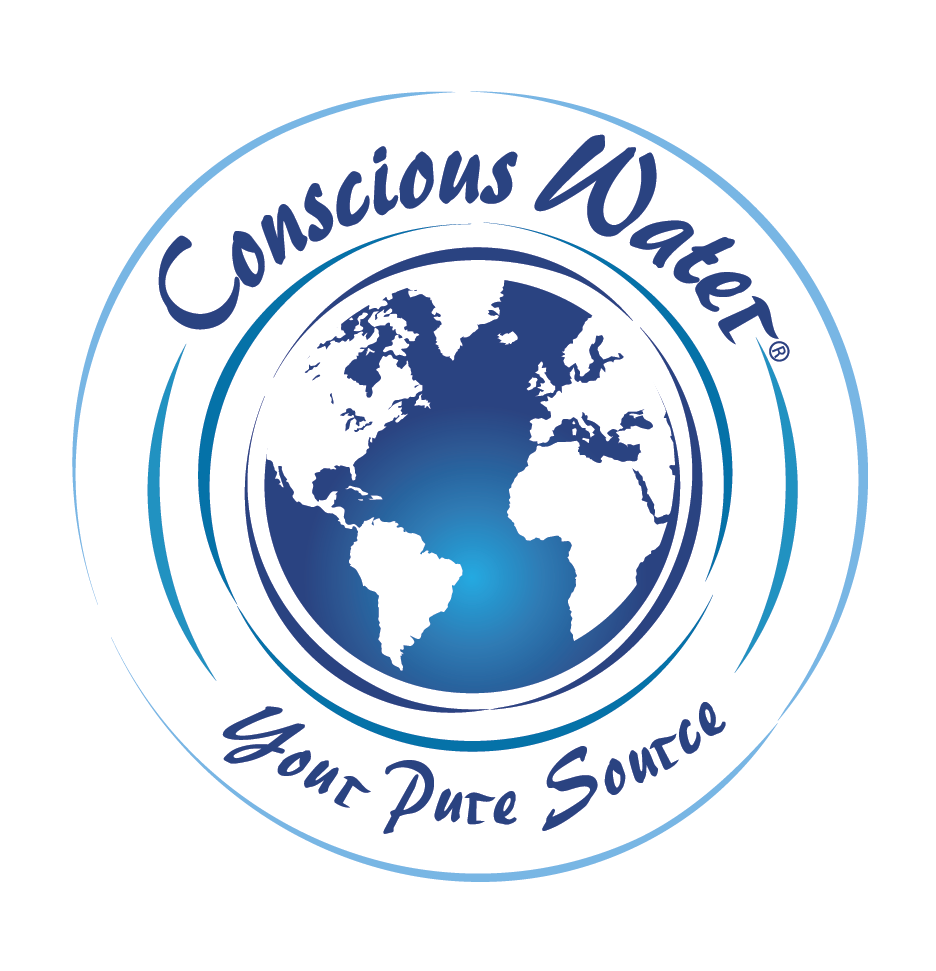Water pH, short for potential hydrogen or power of hydrogen, is a numerical value on a defined numerical scale representing how basic or acidic water is on a logarithmic basis.
Water pH is similar to something like temperature, meaning that it isn’t a physical attribute you can measure as a quantity or a concentration.
The pH scale ranges from 0 to 14 and indicates how acidic, basic, or neutral the water is on a logarithmic basis. A low pH number suggests acidity, while a high pH number indicates basicity. The median numerical value of 7 indicates a neutral pH.
At a scientific or chemistry level, water pH is a relative measure of the concentration or quantity of free hydrogen ions (H+) and hydroxyl ions (OH-).
The interplay of hydroxyl and hydrogen ions determines the pH measurement of water. A high amount of hydrogen ions means more acidity (low pH), while a high amount of hydroxyl ions means more basicity (high pH).
For pure water, the pH should be 7, indicating a balance between the number of hydrogen ions and hydroxyl ions.
The preceding indicates that the two types of ions are interconnected, such that one will increase if the other decreases. But what does this mean for your drinking water? Should you care about the pH of the water you consume, whether directly or indirectly, such as the water found in fruits and vegetables?
What pH Should My Drinking Water Have?

The United States Environmental Protection Agency (EPA) recommends that the best pH level for tap water for safe drinking should be 6.5 to 8.5.
The water you drink may deviate slightly or significantly from the recommended range, depending on location, water source, and the nutrients added to tap water.
What Is the pH in My Body?
The human body has a pH value of 7.4, slightly above the neutral point. The body can regulate its overall pH at this number through cellular homeostasis.
The pH of Rainwater
The pH of normal rainwater is about 5.6 to 5.65, indicating a slight acidity realized when the carbon dioxide in the earth’s atmosphere dissolves in the falling water to form weak carbonic acid.
When the atmosphere is polluted with gasses that react with water, it forms acid rain with a pH of 4.2 to 4.4.
Other pH Levels for Common Types of Water

Below are some common pH levels for different types of drinking water:
- Tap water: Usually 7.5, but it varies
- Bottled water: 6.5-7.5
- Ocean water: Usually 8
- Distilled water: 7, immediately after distillation
- Reverse osmosis water: 5-7
- Alkaline bottled water: 8-9, some 10
Dangers of Drinking Water With a Low pH
Water with a pH of 6.5 is safe for you to drink, but you can have adverse effects if the pH goes below this number. The side effects of low-pH water include:
- Irreversible damage to internal organs and the skin if the pH is less than 2.5
- Eye and skin irritations if the pH level is below 4
- Temporarily raising your body’s internal acidity too much
- Dental cavities
- Heavy metal poisoning, which occurs when you consume heavy metals like lead that leach into water from piping systems degraded by corrosion
Dangers of Drinking Water With a High pH

The following adverse effects are possible when you drink water that is too basic:
- Poor bone health due to alkalosis and reduced concentration of free calcium in the body
- Reduced heart rate due to lower concentrations of free calcium in the body
- Eye and skin irritations if the pH exceeds 11
- Illnesses from poorly disinfected water (pH above 8 limits the disinfecting ability of chlorine)
- Illnesses such as vomiting, diarrhea, and stomach aches caused by chlorine poisoning when you consume too much of it from water with a pH above 8 (this water requires more chlorine to disinfect)
- Unpleasant taste and smell caused by leached chemicals as water flows along deteriorating pipes
- Heavy metal poisoning when you consume water with leached metals from corroded pipes
- Lower stomach acidity meaning that bacteria and pathogens that would have been killed by stomach acid will now be passed freely into the bloodstream to cause illnesses
The Thing About Alkaline Bottled Water
As you may have noticed, alkaline bottled water is all the rage now, with more and more manufacturers getting into the production of it. But is alkaline water safe for drinking?
People use the terms “basic” and “alkaline” interchangeably to indicate a high pH level. However, not every basic solution is alkaline.
Chemistry defines the alkalinity of water as a measure of the ability of the water to resist changes in pH that would make it more acidic.
There is evidence to suggest that drinking alkaline water can actually improve your overall health. While there is not a huge amount of scientific data on the subject yet, preliminary studies have produced some promising results.
The benefits of drinking alkaline water include:
- Managing acid reflux disease with water of 8.8 pH, according to this study done in 2012
- Managing and warding off diseases like cancer, presumably by making the body more alkaline
- Permanently deactivating the enzyme that contributes to heartburn
- Negating dehydration caused by vigorous exercise
- Managing irritable bowel syndrome
- Managing diabetes and hypertension, according to this study done in 2001
How to Test PH of Water at Home
In industrial applications, pH electrode devices test the pH of the water you drink from taps or water bottles. This information is usually made available by your tap or bottled water company.
Sometimes, you might want to test water pH on a water sample collected at home, such as when you dig a new well or collect rainwater. Note that this only tells you the pH value and nothing about water quality, so ensure you do the appropriate water treatment before drinking.
You can test water pH value at home using home pH test kits, litmus paper, or a digital water pH meter, such as pH pens.
Whether you test water at home or rely on the supplier’s word, you must ensure that the water you drink is safe by checking that its pH measurement remains within the recommended range of 6.5 to 8.5.
If you find the pH of your water is too low, you can try using naturally alkalizing mineral stones to increase the pH. These stones will also add beneficial minerals such as calcium and potassium back into your drinking water.
Keep Your Drinking Water Safe with a Berkey Water Filter
If you’re concerned about the safety of your drinking water, contact us to discuss whether a Berkey Water System could be what you need to ensure you always have fresh, clean, contaminant-free drinking water at your home or business.
References:


